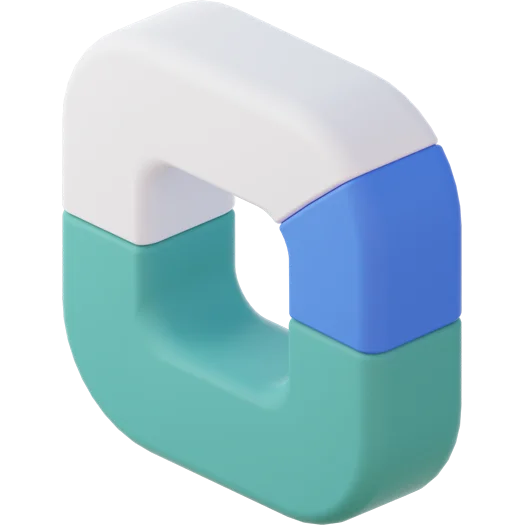Rise of the Many Sheet

By Nick Ellinger, Chief Brand Officer
A shark looks up at a swimmer, its potential victim. A woman lies faced down, covered in gold paint. A boxer stands at the top of the stairs, arms raised.
These one-sheet posters were a Hollywood marketing focus for decades. When you pitch a movie, an executive wants to know your vision for the “one sheet” that would cap how your project was perceived and talked about.
Until Netflix.
Hollywood talent weren’t used to meetings at Netflix. They didn’t and don’t start with what image would represent a project because there was no one image—there were many.
Much has been written about Netflix’s approach to finding the email that will work to interest you, specifically you. An example Netflix gives is if you are a Kill Bill fan, you get the Uma Thurman thumbnail for Pulp Fiction; if you prefer Grease, you get the Travolta version. The one sheet is no more.
We need to acknowledge there is no one-sheet for nonprofit marketing anymore, either.
In our Neuro-Fundraising® Lab, we recently worked with a nonprofit with three spokespeople. They wanted to test which one would work best in the market. This is a wise investment given that the media buy—whether that media is paper or atoms—is the more expensive part of the process. Thus, early learnings can rocket ship campaigns and, just as importantly, discard campaigns that waste paper, atoms, and money.
The trick, as you’ve no doubt guessed given the intro, is that there wasn’t one that would work best in market. There was one that was no one’s preference, so that spokesperson was out.
Between the other two, there was a winner across the board that we’ll call A. In an A/B testing, one-sheet mentality, you could have run with that spokesperson across channels and done OK.
But this surface analysis disguised fissures.
Caucasian audiences preferred A. Black and Hispanic audiences preferred B. It was only because there were more of one group than the other that A won out over B overall.
The split could have been between men and women, younger and older, or Uma and Travolta fans. What it means is an opportunity.
Back in the one-sheet days, if 60% of people preferred A and 40% preferred B, you would roll out with A.
Then you’d repeat, so you’d get 60% of that 60%, so now you are marketing well to 36%. Then, after the next test, it’s 21.6%. You get better and better at talking to fewer and fewer people.
Pretty soon, you are incredible at talking to no one.
So the opportunity is to get the 60% and the 40% what they want. To embrace those differences. There should be different spokespeople for different donors and messages. And to learn more about how to address different people with better messages to them.
It’s time not for the one sheet but the many sheets.

